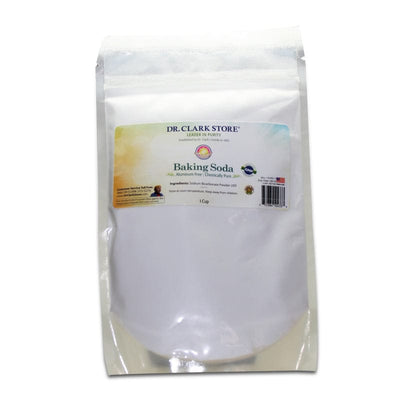Dangerous Beauty: The Chemical Evils in Personal Care Products

The year is swiftly coming to an end and the time to set the ubiquitous New Year’s Resolution is upon us!
But why not think about it as a chance to make a permanent change? A simple tweak in your daily routine that is beneficial to your health. How about you make a commitment to eliminating the harmful and unnecessary chemicals from your personal care products?
There’s the popular saying that “beauty is only skin deep.” But biology and chemistry go much deeper. The chemicals you put on your body don’t simply evaporate in air. They get absorbed by the skin – a highly porous organ.
Did you ever consider that the delightful scent in your favorite perfume is probably concocted from any number of the fragrance industry’s stock chemical ingredients that total over 3,000? Or that colognes labeled musky or exotic are primarily composed of petrochemicals?
Let’s face it. We live in a chemical-infused world. And here’s the kicker when it comes to beauty and personal care products. Unlike chemically modified food, the chemicals from beauty products don’t pass through your digestive system where they can be filtered out. Instead, they get absorbed by the skin and go directly into the bloodstream.
Laboratory tests commissioned by the Campaign for Safe Cosmetics have revealed the presence of hidden chemicals not listed on product labels. Among them are chemicals with links to hormone malfunctions and allergen triggers.
Also in the ranks of undisclosed ingredients are chemicals with hazardous properties and chemicals that accumulate in human tissues. These include diethyl phthalate, a chemical found in the majority of Americans and is linked to sperm damage in human epidemiological studies, and musk ketone, a synthetic fragrance ingredient that accumulates in human fat tissue and breast milk. Phthalates, widely used in nail polish, may be linked to birth defects in humans. Hair dyes may contain coal tar ingredients, chemicals that have been linked to cancer. Skin lighteners contain hydroquinone, a chemical that bleaches the skin and can cause lesions. Dandruff shampoos often contain selenium sulfide, a neurotoxin and possible carcinogen. And this is only a partial list.
As a consumer, it’s important to realize that the cosmetic industry is not regulated by the Food and Drug Administration. Companies are required to list ingredients on product labels, but they are not required to test products for safety. The FDA can only take action if they have scientific proof that a product is dangerous. What this means is that claims like “natural” and “botanical” may simply be empty words to entice consumers.
Who doesn’t want to look nice and smell good? But for the sake of your health, try to find ways to cut down on the amount of chemical-laden personal care products you use. Find brands that you can trust that are fragrance free whenever possible and seek out products that have the fewest ingredients. If a label contains a lot of hard to pronounce ingredients, it’s a good indication of that it contains questionable ingredients.
If you’re tech savvy and need a little help while you’re pondering over personal care ingredient labels, check out the Think Dirty app. Just scan the product barcode with your smartphone and the app provides you with the easy-to-understand lowdown of the ingredients and can steer you in the direction of cleaner alternatives.



